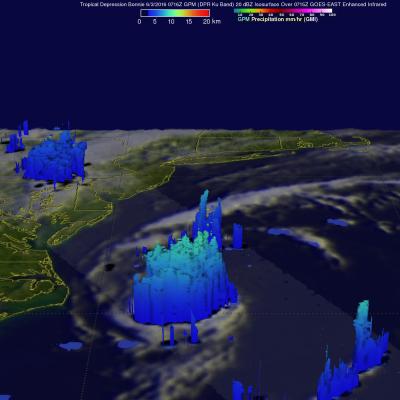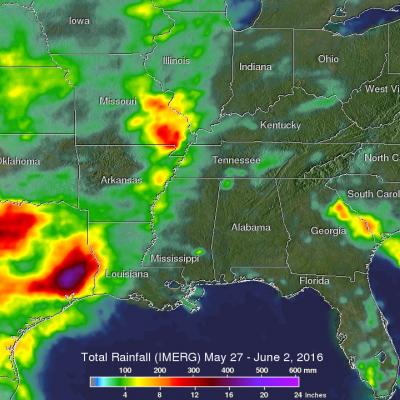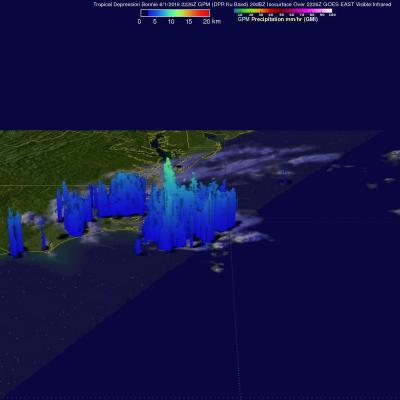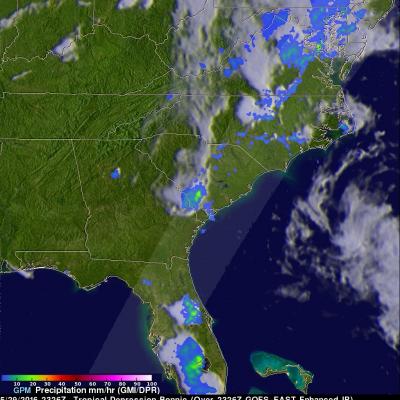Tropical Storm Colin Takes Aim at Florida
Although hurricane season officially begins on June 1st, we already have the 3rd named storm of the season with the arrival of Tropical Storm Colin, which formed yesterday at 21:30 UTC (4:30 pm CDT) in the southern Gulf of Mexico about 120 miles north of the Yucatan Peninsula. Colin originated from a wave of low pressure that propagated across the tropical Atlantic and northern coast of South America and into the southern Caribbean. As thunderstorm activity picked up, the wave slowly organized into an area of low pressure as it turned northward and passed over the Yucatan. After entering the






